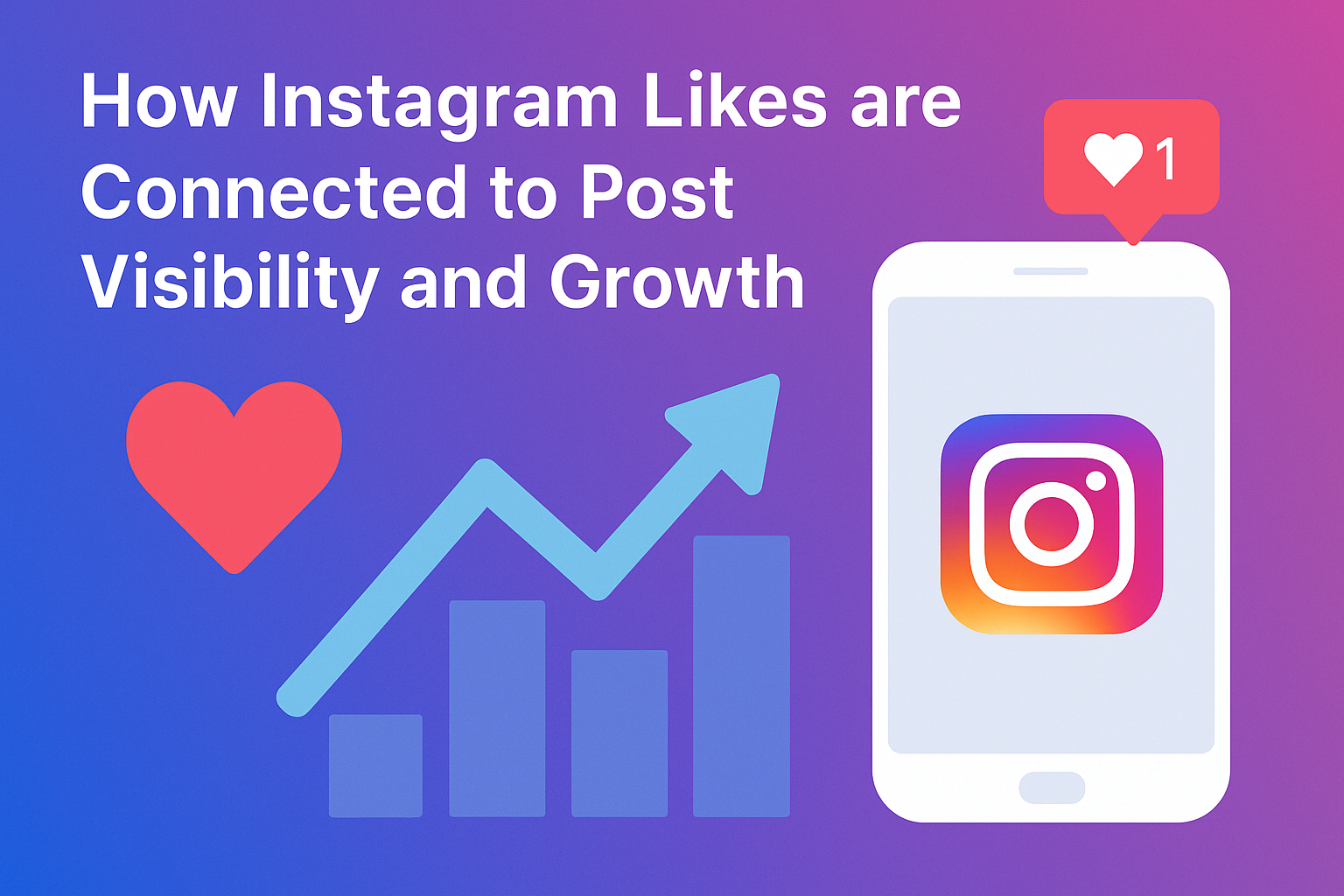UTM Tracking Everything you Need To Know in 2024
Google introduced UTM tracking to define people's routes better to access internet sites. A company's marketing efforts can be monitored and tracked using the UTM, or Urchin Tracking Module, which tracks how visitors arrive at the site.
This article will give you a brief of UTM tracking for digital campaigns, describe how it functions, and demonstrate how to use it successfully in your digital marketing plan.
What is UTM Tracking?
A small code that can be added to any URL will do the trick whenever you want to know where or how website visitors are turning up. Once you have the information, you can enter it into Web Analytics, interpret it, and create quantifiable performance metrics and strategies that can be put into practice.
The shortcode in question is known as a UTM code.
The tool before Google Analytics, Urchin Traffic Monitor (UTM), was used to analyze website traffic. Google purchased this tool in 2005, and over time it developed into the capable analytics suite that we are familiar with today. UTM tracking entails adding a quick extension to any URLs pointing to your website. They are frequently applied to URLs that are a part of free or paid ad campaigns on email messages, google searches, or posts on social networks.
Every UTM code is specific to the advertising campaign that brought the user to your website. Businesses can use this information to determine which campaigns are successful and which require more effort.
Why Is UTM Tracking Important?
You can establish a unique code for every campaign you run, depending on how in-depth you want. You can precisely assess the success or failure of each of your marketing initiatives with that level of tracking.
UTM tracking codes can provide the data and information you require when you are attempting to justify the cost of a project or need to persuade someone that your marketing efforts are meaningful.
You can also see areas of opportunity for a website by tracking data in this kind of fine detail. Low performance indicates that marketing copy, postings on social media, or paid advertising copy needs to be revised. Google Analytics will automatically adjust the origin of that tra?c to match the campaign the UTM is tied to when it senses a UTM tag linked with a site visitor. Reporting can be made more effective by segmenting this data into different categories.
UTM Codes and Tags
You can add UTM codes and tags to links to provide Google Analytics and other analytics tools with a little more detail about each link.
You might post hundreds of new links daily if you spend a significant amount of time on social media.
To understand where your traffic is coming from, you can monitor the effectiveness of each of those links with the assistance of UTM codes.
The UTM variables in the link can be used to track broad information, such as how much traffic comes from social networking sites. They can help you keep track of the smaller details, such as how much money will come in from your Tweets.
If you don't utilize UTM C=codes and tags, Google Analytics won't provide you with a reliable report on your traffic sources.
UTM Parameters
UTM parameters, also known as UTM tags or codes, are used to track the success of digital marketing campaigns based on particular data sets. After a URL, UTM parameters may be added in any order, differentiated by a punctuation mark and hyphens. There are five different types of UTM parameters.
In its UTM code generator, Google lists the campaign source, medium, and name as required components. The UTM parameters campaign term and campaign content are optional.
The Five UTM Parameters That Google Analytics Accepts Are As Follows:
1. Campaign Source (UTM Source):
To determine your traffic source, use this parameter. This could be the name of a social media platform, search tool, blog, or website.
For instance: utm source=google
2. Campaign Medium (UTM Medium):
To determine the method of sharing and accessing your link, use this parameter. This might be done through email, social media, pay-per-click (PPC), or another channel.
For instance: utm medium=cpc
3. Campaign Name (UTM Campaign):
Note any campaigns or advertising associated with your link using this parameter. This could be the name of a specific product, type of sale, contest, etc.
For instance: utm campaign=winter-sale,
4. Campaign Term (UTM Term):
Use this parameter to detect relevant and important ad-based keywords for paid search advertising campaigns. This makes it easier for you to determine which keyword(s) led to a site visit.
For instance: utm term=camping-gear.
5. Campaign Content (UTM Content):
When numerous links attempt to point to the same URL, such as in an email or on a homepage with multiple CTAs, use this parameter to determine which link a particular user clicked on visit your website. Additionally, different ads pointing to the same URL are distinguished using this parameter. It is frequently used for content-targeted advertisements and A/B testing.
For instance: utm content=cta-bottom
Benefits of UTM Tracking
1. Identifying Website Traffic
Identifying website traffic sources is the most extensive yet practical use of these variables. Yes, you can also use Google Analytics 'Source/Medium' report to identify the sources of your visitors' traffic, but UTM parameters give you far more information. They aid in determining which specific advertisement, blog post, or username is responsible for that traffic.
2. Aid in Understanding the Efficacy of Your Media Strategy or A/B Tests:
Understanding the outcomes of your content A/B tests across networks can be done with the help of UTM variables.
You should experiment to see which method of communication your intended audience or viewer sections respond to the best. You can determine which content from social media is being showcased using UTM parameters.
3. Comprehending Your Affiliate Marketer Strategy:
To know how much website traffic each of your influencers and contributing factors adds value to your website, you can create unique connections with UTM variables for them. This is enormously beneficial if you use commenters or influencers to promote various blogs, news items, and product launches. What's more, more than 69% of marketers implement affiliate marketing and SEO to drive visitors to their sponsors’ websites.
4. Evaluate the Success of The Paid Search Terms:
These metrics assist you in identifying the most shareable and engaging ads and those that result in longer website visits. It can help you determine the types of search terms users use to find your offering of goods or services.
5. Understanding the Income Produced by Digital Marketing Campaigns:
UTMs assist in traffic identification and show you which marketing campaign or source materials are effective at driving traffic, revenues, or collaboration. You can comprehend the activities your audience participates in on your webpage and determine whether they are coherent with your objectives by setting up "Goals" (for example, Form submission, Download, or Purchase) on your account in Google Analytics and incorporating that data with UTM parameters analysis.
6. To Enhance Conversion Targeting:
Understanding your traffic gives you knowledge of the efficiency of your targeted advertising. You can ascertain if your targeting is too broad by recognizing these performance measures in Google Analytics: rising CTRS, higher bounce rates, and low conversions. Alternatively, if your target marketing is too specialized—shown by a high percentage of clicks and signups but not enough— This will constrict your campaign's potential audience.
UTM Tracking Best Practices for your Digital Marketing Campaign
1. Select a UTM Tracking Naming Scheme
It's essential to be consistent when creating UTM labels and codes. You want every member of your marketing team to share the same perspective. You don't need some people to follow you on Facebook while others follow you on Twitter.com. To the untrained eye, this might not seem like a significant distinction, but it can have a disastrous effect on your data analysis. The results for your marketing team will be imbalanced to the extreme. To prevent any potential confusion, establish rules. For instance:
- URLs must only contain lowercase letters.
- Choose between using underscores and hyphens.
2. Maintain Simplicity in the UTM Tracking Titles
Your UTM digital marketing strategy should include only simple-to-understand components.
It can be confusing, for instance, if you track the data on the website using a numbering system. Instead of forcing your team members to memorize a book of absurd number codes, selecting rational and reasonable names for your variables made it easier for them to quickly read and comprehend the information.
3. Shorten the URLs
Long URLs are not visually pleasing to anyone. These lengthy lines of code can be challenging to read, even for marketing professionals. But it's an unavoidable evil. The URL will lengthen as your tracking becomes more complex.
Fortunately, there is a simple method for shortening the URLs. By using goo. gl or bit.ly, you can make these Web addresses shareable.
4. Monitoring Constantly
It is crucial that you track the effectiveness of your UTM variables after creating them. For instance, you might discover that specific references or campaigns don't drive traffic to the website or generate clicks with a high bounce rate, so you may modify your approach per your goals.
5. Eliminate Ambiguity
Ensure your UTM tags are specific to get the most out of them. You won't be able to track them if they are too ambiguous and include sources like "social media" as tags. Include the particular medium when using social media, such as Facebook and Instagram, or Twitter
Bottom Line
Now that you are aware of UTM tracking, you should implement it. Consider the backlink plan and advertising campaign you're about to launch. This is because backlinks help you increase SEO. Furthermore, improving your backlink profile for better search rankings and more traffic is crucial.
For instance, your website's visitors and search engine bot will be aimed at the correct page if you use a 301 redirect checker.
For optimized UTM digital marketing, update your links with valid UTM tags.
Check Google Analytics after a while to see which sources are sending you the most traffic. Explore which channels are supplying you with the best conversion rates as well.
Then, make the most of UTM in digital marketing by making the necessary adjustments to your strategy.

















 Whatsapp
Whatsapp
 Email
Email


